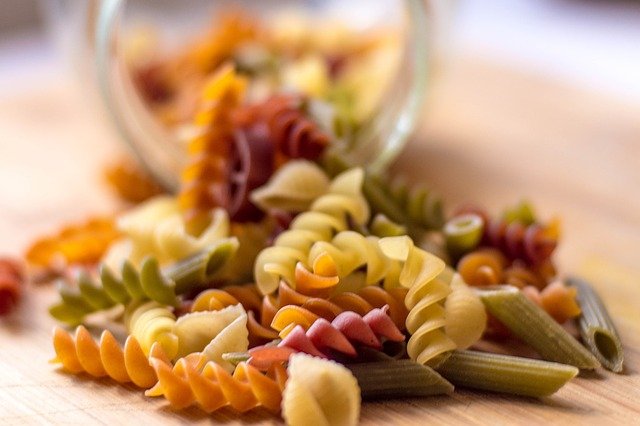
Everyone knows eating fruits and vegetables is good for health. Fruits and vegetables are rich in vitamins, minerals, fibers, and many other compounds.
They can help fight against various chronic diseases.
However, people often do not eat enough fruits and vegetables every day. One way to solve the problem is to add these foods to regularly eaten products.
In a paper recently published in Trends in Food Science & Technology, researchers discussed vegetable enriched pasta.
Pasta is a common staple food. Adding vegetables to pasta can effectively increase people’s vegetable consumption.
This is because dried pasta makes phytochemicals stable (phytochemicals are chemicals that occur naturally in a plant). The compounds are lost easily in fresh vegetables during storage and transportation.
Vegetable enriched pasta has many benefits. Nutritionally, it can make people eat more vegetables and become healthier. Behaviorally, it helps people develop healthy choices on a daily basis.
Economically, it can lead to a new line of pasta products and increase the product portfolio.
One disadvantage of vegetable enriched pasta is that cooking may affect its nutritional quality. For example, boiling and draining can reduce the concentration of minerals and vitamins.
Solutions include steaming and boiling with less water (e.g., 500mL of water per 100g of pasta).
It is also important to consider whether consumers would like to accept vegetable enriched pasta. Recent surveys showed that people accepted up to 20% broccoli enrichment and 10% -20% fiber enrichment.
But, this does not mean consumers prefer vegetable-enriched pasta.
Currently, this type of pasta is mainly for fancy dishes (e.g., colored food). In countries like Italy where people eat pasta every day, consumers have a precise idea of what pasta should look like.
They may not buy vegetable-enriched pasta if it is out of their expectations.
Future work will try to make vegetable enriched pasta more acceptable and easier to cook. Meanwhile, fruits and vegetables can be added to not only pasta, but also bread, cakes, and meat-based products.
Copyright © 2022 Knowridge Science Report. All rights reserved.



